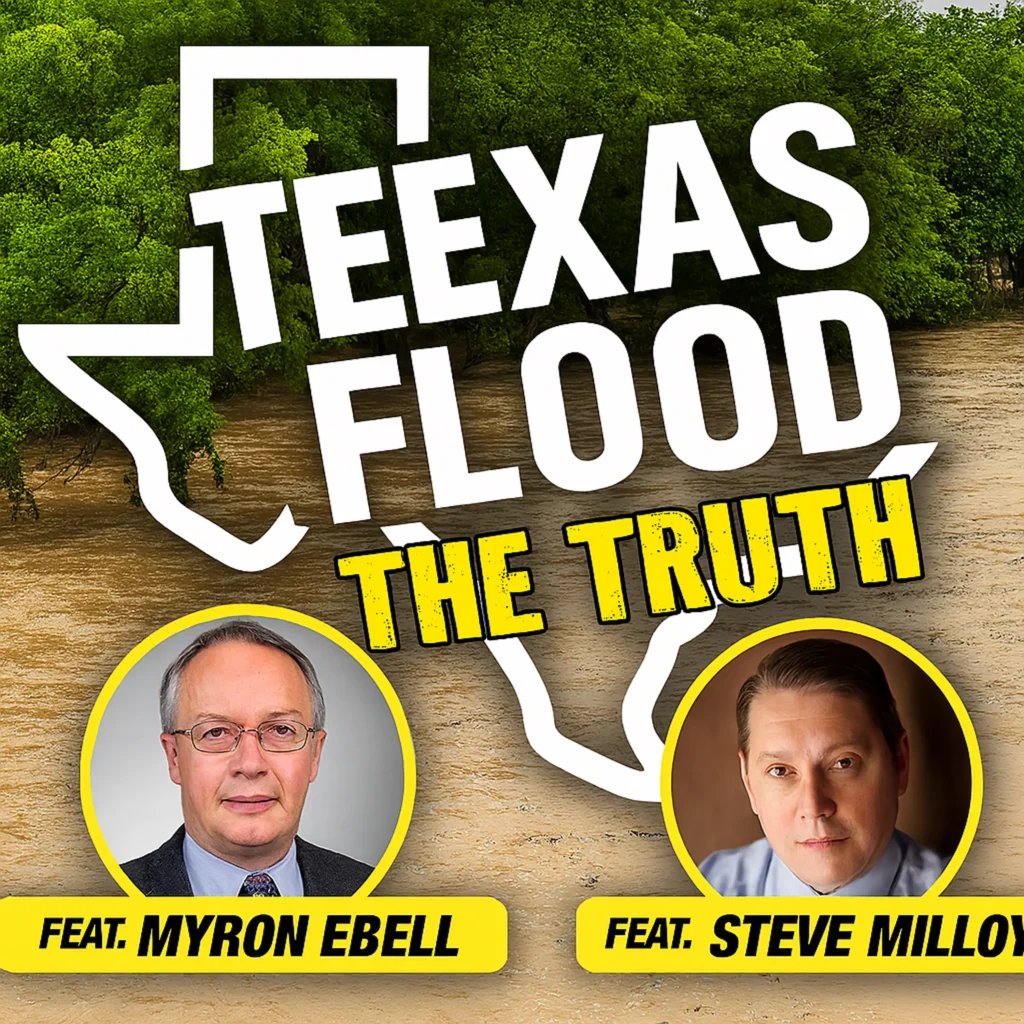This is the third in a series of Environment Alerts from Sandy Liddy Bourne, Heartland’s national legislation manager, about an issue that could profoundly affect virtually every aspect of American life. The issue centers on the attempt to regulate all carbon emissions–from the air you breathe to emissions from factories and powerplants–through the U.S. Environmental Protection Agency.
Because of the profound impact this regulatory power-grab could cause if successful, The Heartland Institute will send further updates as warranted by action in Washington, D.C.
You’ve heard of gas mileage. Now EPA seeks to establish “grass mileage” for your lawnmower
Using the Clean Air Act, EPA is trying to wrap its regulatory tentacles around every aspect of our daily lives that involves CO2 emissions except for human breathing.
Even one of the Democrats who originally sponsored the Act, Rep. John Dingell (D-Mich.), says EPA’s proposal “has the potential for shutting down virtually all industry and all economic activity and growth.” Not to mention shutting down your lawn mower.
If you think this is an exaggeration, consider that EPA’s proposal includes applying what’s been dubbed “the Grass Mileage Standard” to lawn mower engines and weed whackers.
This standard would limit the number of grams of CO2 that could be produced by a lawn mower or weed whacker engine for each kilogram of grass cuttings resulting from mowing an average lawn.
There are 95 days left to comment on this massive regulatory power-grab by EPA in its Advance Notice of Proposed Rulemaking (ANPR) on “Regulating Greenhouse Gas Emissions under the Clean Air Act”, which was published in the Federal Register on July 30. The deadline is November 28, 2008.
1.The ANPR is a Proposed Economy-wide and Lifestyle-wide Regulation of Greenhouse Gas Emissions.
Normally, federal agencies release Advance Notices of Proposed Rulemaking to obtain preliminary information prior to issuing a proposed rule or to decide whether to propose a rule.
This document goes far beyond that first step. The EPA is not attempting to request preliminary information, but instead it is providing a roadmap to economy-wide greenhouse gas regulation. Without authorization by Congress, the EPA intends to extend the authority of the Clean Air Act into every aspect of our daily lives.
The proposed regulation would empower the EPA to regulate airplanes, ships, trains, trucks, boats, tractors, farm equipment, mining equipment, garden equipment, portable power generators, fork lifts, construction equipment, logging machines; essentially any form of equipment that uses an internal combustion engine. No part of our economy would remain unscathed.
2. The ANPR will establish a Regulatory Gridlock
Furthermore, by EPA’s own estimation, over 500,000 new permits will be required under this extension of authority. Essentially any building or campus of buildings of 100,000 square feet (10 stories) will be required to be permitted. That covers churches, schools, hospitals, airplane hangars, farm buildings, colleges, government buildings, apartment buildings, office and retail space, hotels, and warehouses. EPA has neither the manpower nor the financial resources to establish a new bureaucracy. The country will be thrown into a regulatory gridlock or as Rep. Joh Dingell (D-Mich.) calls it, “A glorious mess.”
Dingell was one of the proponents of the Clean Air Act, and he indicated that the law was never intended for this use. In his words, “We are beginning to look at a wonderfully complex world, which has the potential for shutting down virtually all industry and all economic activity and growth.”
3. Quotes from the EPA ANPR
Grass Mileage Standards: “each application could require a different unit of measure tied to the machine’s mission or output…such as grams per kilogram of cuttings from a ‘standard’ lawn for lawnmowers.”
Controlling the Speed of the U.S. Trucking Fleet: “Speed limiters are generally available on new trucks or as a low-cost retrofit…”
Small Businesses and Single Family Homes Cause Pollution: “we believe that small commercial establishments…and indeed, a large single-family residence could exceed this (carbon dioxide) pollution threshold.”
4. Quotes from the White House Policy Document
In reference to the Clean Air Act: If stretched beyond its original intent, it would override legislation (Energy Act of 2007) just enacted by Congress, requiring the government to regulate far more than merely power plant emissions or cars. This would turn the Federal government, in effect, into the Nation’s local planning and zoning board “
EPA Administrator Johnson: “I believe the ANPR demonstrates the Clean Air Act, an outdated law originally enacted to control regional pollutants that cause direct health effects, is ill-suited for the task of regulating global greenhouse gases. Based on the analysis to date, pursuing this course of action would inevitably result in a very complicated, time-consuming and, likely, convoluted set of regulations.”
5. There is inadequate scientific support of the proposed regulation cited in the ANPR
What few scientific statements listed in 12 pages of the enormous document are alarmist in nature.
The citations presume the global warming alarmist view of climate change science and do not provide a coherent, documented, rigorous peer review without a political bias. There is no analysis of contrary scientific opinions and the few scientific studies cited are outdated.
Furthermore, there is no policy goal of an “ideal” climate temperature or sustainable atmospheric level of greenhouse gas emissions for determining the stated emission reduction goals. The overarching claim is that warming is all human induced, and does not recognize the role of solar activity in temperature changes along with other potential geothermal sources of warming.
The ANPR cites the IPCC data that tends to negate the role of historical climate and weather patterns, and only uses current temperature patterns or analyses of faulty computer models. This is but a weak guidepost for a regulation that purports to change critical infrastructure and civil planning measures for the nation. Certainly there is no recognition or discussion of adaptation as a response to climate change. The EPA staff draft of the ANPR is wholly irresponsible and indeed, if followed, could cause harm not only to the economy, but quite possibly public health.
The EPA ANPR is available on line at: http://www.epa.gov/climatechange/anpr
How to Comment
Comments should be identified by the following Docket ID Number: EPA-HQ-OAR-2008-0318
Comments should be submitted by one of the following methods:
Online: Go to http://www.regulations.gov and follow the on-line instructions.
Email: [email protected]http://epa.gov/otaq/climate/
Fax: 202-566-9744
Mail: Send to Air and Radiation Docket and Information Center, Environmental Protection Agency, Mailcode: 2822T, 1200 Pennsylvania Ave., NW., Washington, DC 20460. In addition, please mail a copy of your comments on the information collection provisions to the Office of Information and Regulatory Affairs, Office of Management and Budget (OMB), Attn: Desk Officer for EPA, 725 17th St. NW., Washington, DC 20503.
Hand Delivery: EPA Docket Center, EPA West Building, Room 3334, 1301 Constitution Ave., NW, Washington DC, 20004. Such deliveries are only accepted during the Docket’s normal hours of operation, and special arrangements should be made for deliveries of boxed information.
For more information …
For more information on GHG emissions from transportation, go to:
Further information on this action and other background information is available at: http://epa.gov/climatechange/
The link to the ANPR: http://www.epa.gov/epahome/pdf/anpr20080711.pdf
Nothing in this message is intended to influence the passage of legislation, and it does not necessarily represent the views of The Heartland Institute.



